琅嶠傳奇在牡丹
2500 NTD
/
15人
/
路線點(約2小時)
-
1
. 牡丹社事件故事館*在虛擬與現實之間
「牡丹社事件故事館」採用最先進的擴增實境科技,以虛擬實境導覽,帶領參觀民眾重返當年的歷史現場,進入恆春半島當地排灣族的住民生活,身歷其境感受19世紀臺灣與萬國交會的歷史時刻。
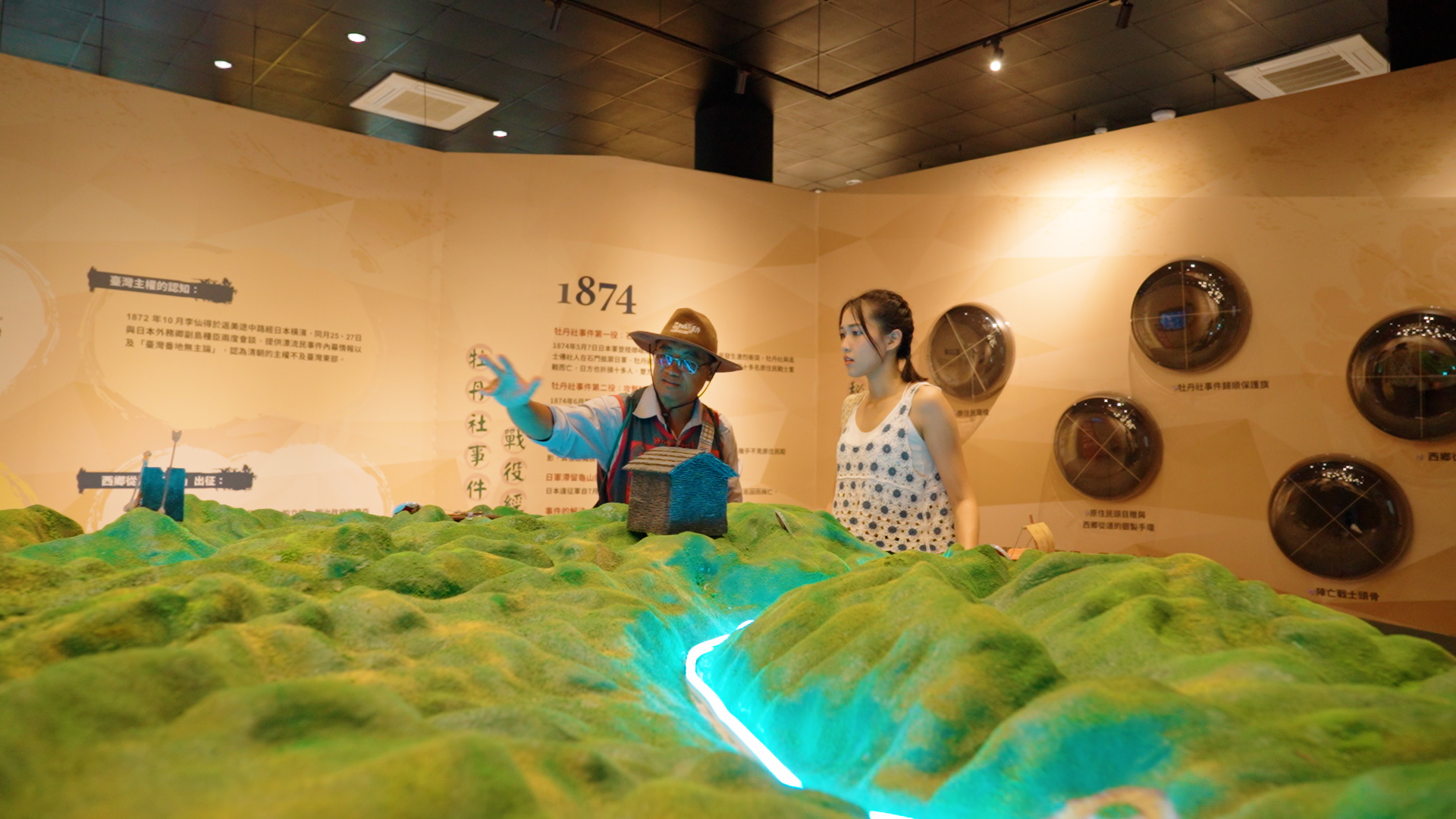
-
2
. 牡丹社事件紀念公園 景點介紹*歷史未曾遠颺
曾經激烈交戰的石門古戰場地區,如今設立了「牡丹社事件紀念公園」,將1874年日本以琉球漂民船難為由,出兵攻打南臺灣恆春半島的事件以歷史故事牆一一陳列,並矗立了英勇犧牲的牡丹社頭目aruqu父子像,以及象徵和解的「愛與和平紀念碑」等。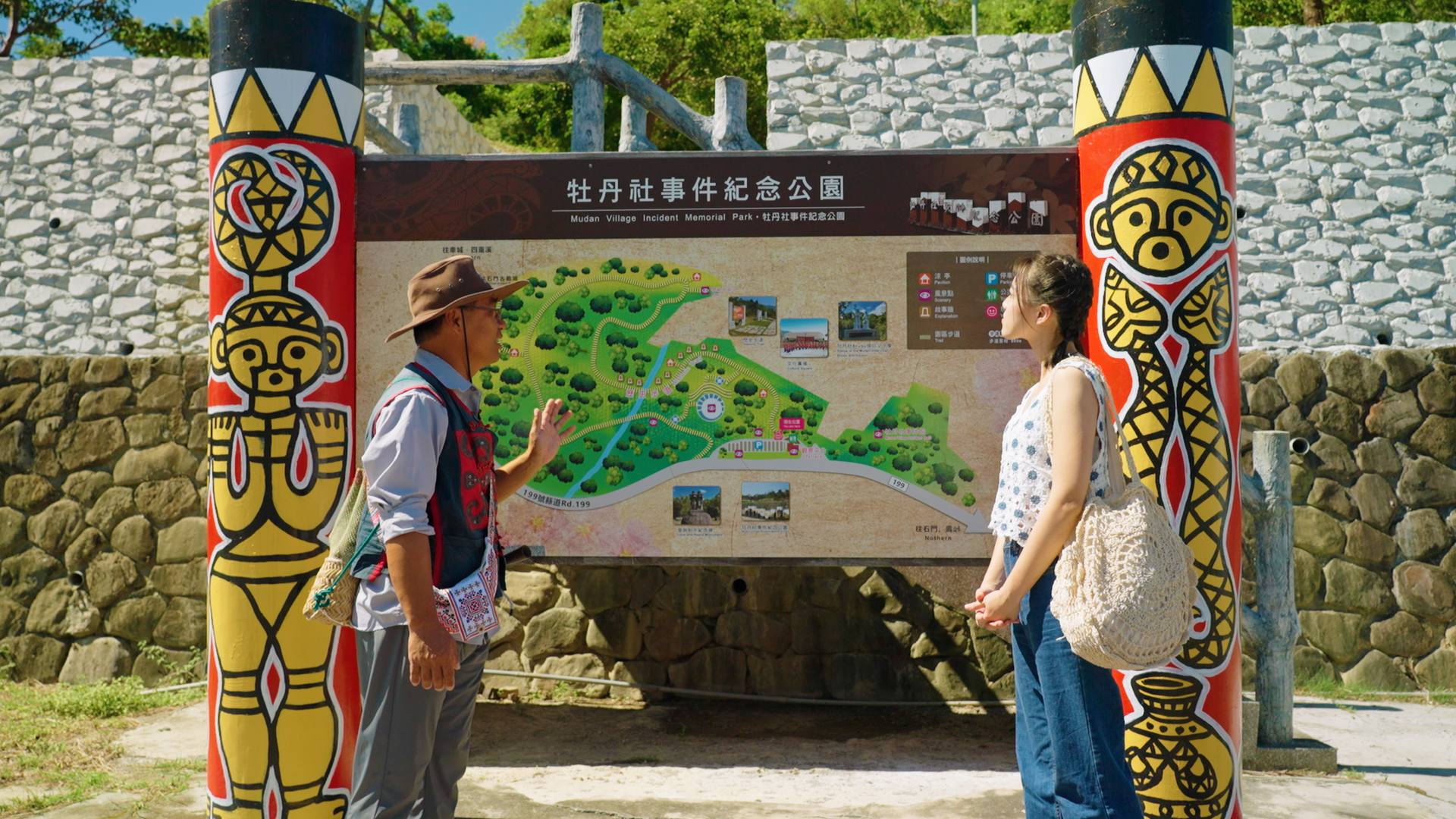
-
3
. 愛與和平紀念碑在1871年發生的「琉球漂民事件」,讓54名琉球人民,從船難後由八瑤灣上岸,因種種誤解遭遇不測,失去了寶貴的生命,從而引發了「牡丹社事件」日本出兵侵台的導火線。事隔多年,為了化解誤解與仇恨,2005年牡丹鄉族人遠赴琉球,進行「愛與和平世紀大和解」交流活動,向琉球遺族表達善意,共同立下這塊紀念碑石於此,象徵彼此愛與和平永存。而另一塊紀念碑,則立於宮古島「下地中學校」,於2023年3月,為了讓更多宮古島的居民及遊客了解到這段歷史,移置於「カママ嶺公園」。

-
4
. 古戰場步道由牡丹社事件紀念公園往石門天險步道的這條步道,沿途充滿了許多珍稀的植物,解說員將帶著大家更加了解這些植物,透過祖先的智慧流傳下來,分別具有食用、藥用、驅蚊、木炭材料、天然染料、弓箭素材…各種與生活息息相關的功效,想看看「負荊請罪」是什麼樣的荊嗎? 想知道梔子花能做成什麼樣鮮豔的甜點嗎? 還有什麼葉子能夠讓你當成應急用的衛生紙呢? 沿途的植物,都能帶給你各種不同的驚喜喔!
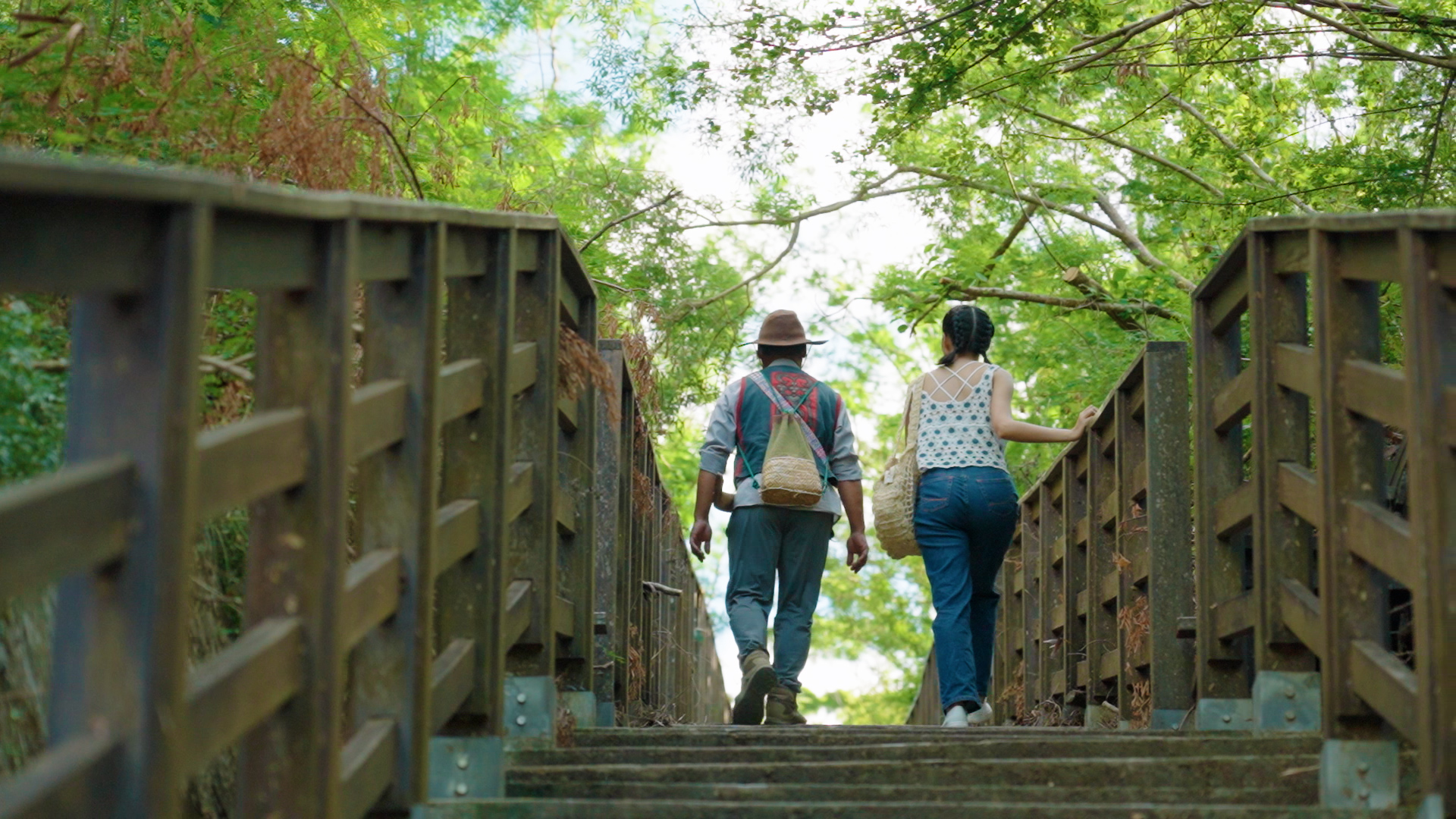
-
5
. 牡丹鄉入口意象*排灣勇士歡迎您
牡丹鄉入口意象呈現許多排灣族的文化內涵,像是太陽紋、琉璃珠、陶壺、連杯、野牡丹花等圖象。行經199縣道,當你看到這個拱門時,表示已經來到牡丹鄉的門口。

-
7
. 石門古戰場 景點介紹*牡丹社事件第一役
「北側的石門山,南側的五重溪山夾峙而成的斷崖絕壁,狀似門戶,因此有『石門』之稱。」山勢巍峨、地形險要的石門天險,排灣語稱macacukes,有「相互支撐」之意,另引伸出抵禦外侮之意涵。
石門峽也正是牡丹社事件第一役的歷史現場,聆聽排灣族解說員生動地闡述,當時祖先是如何善用此一地理天險優勢,以槍枝、石塊抵禦日本遠征軍的壯烈戰事。
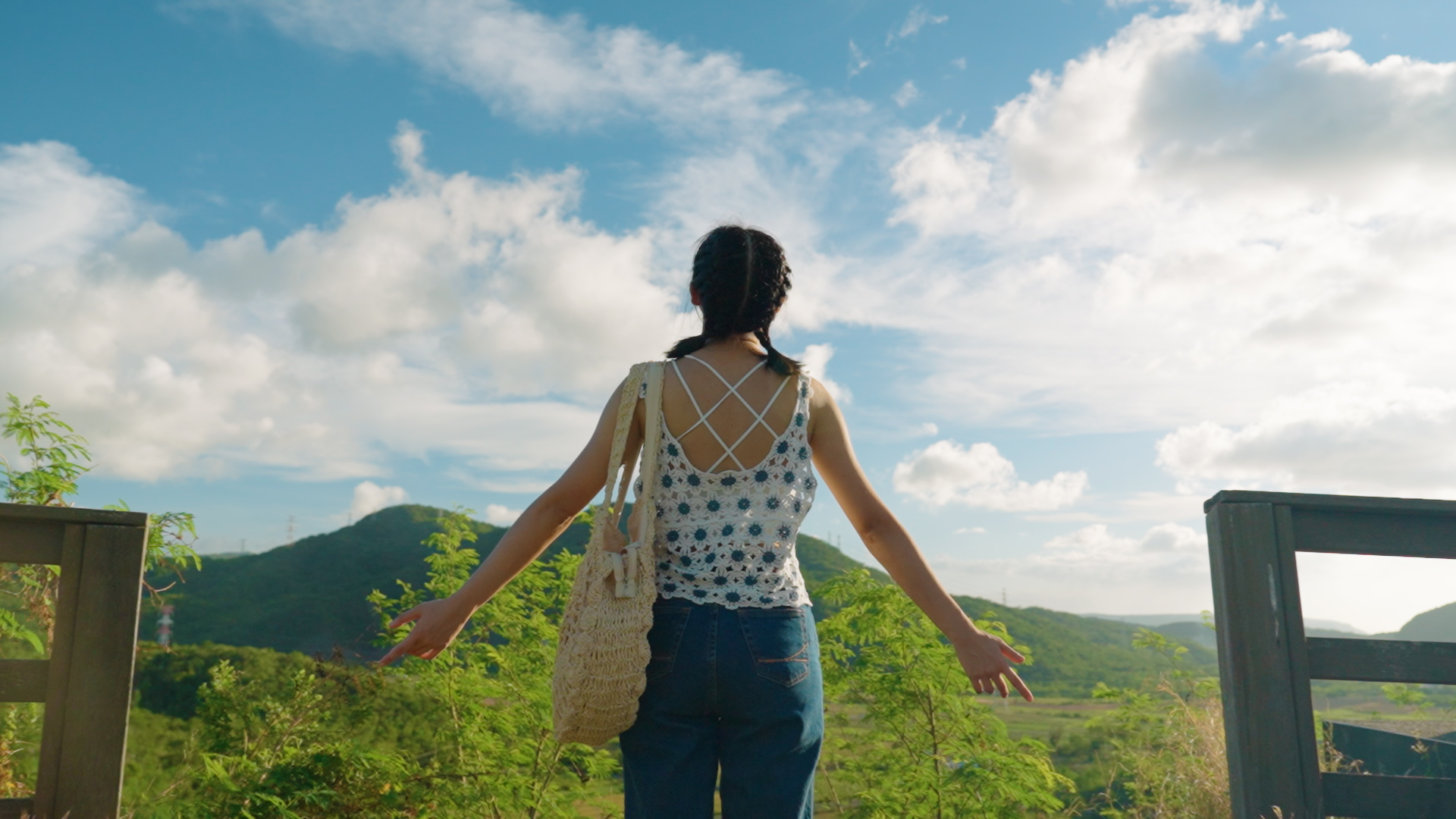
-
8
. 西鄉都督遺蹟紀念碑 景點介紹越過層層階梯登頂的朋友們,除了欣賞周圍廣闊的田園風光外,很難不注意到這塊矗立在山頂上的利劍形碑石,上頭刻著「西鄉都督遺跡紀念碑」,它正對著石門天險的門戶,在1936年興建,為什麼會在此建造紀念碑? 西鄉都督又是什麼人物? 又為何歷經了3次碑文的轉變? 這些問題,就由專業的解說員為您一一道來吧! 我們知道,無論碑文與時空如何變換,原住民族守護家園的決心與奮勇禦敵的精神,永世不變。
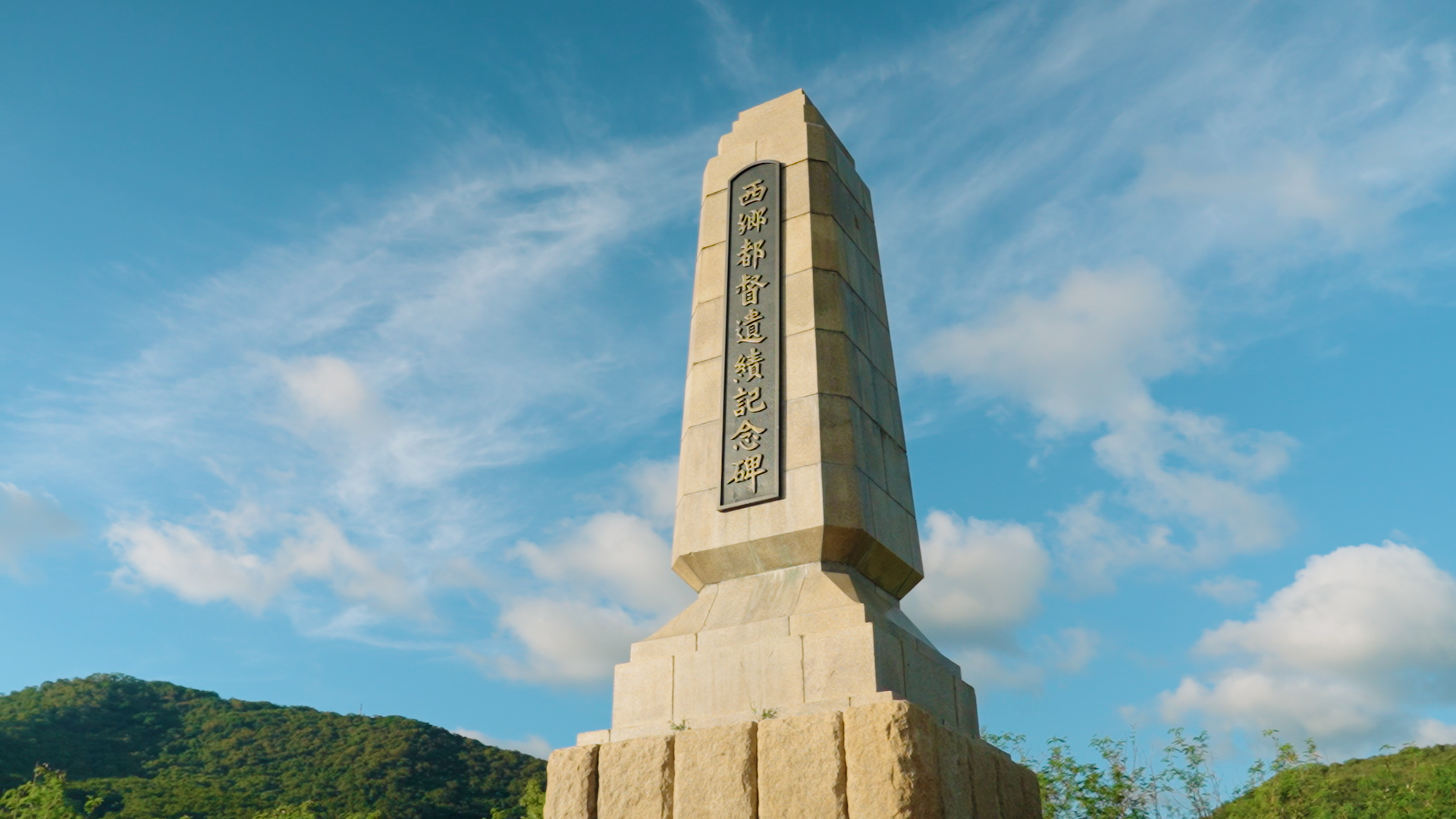
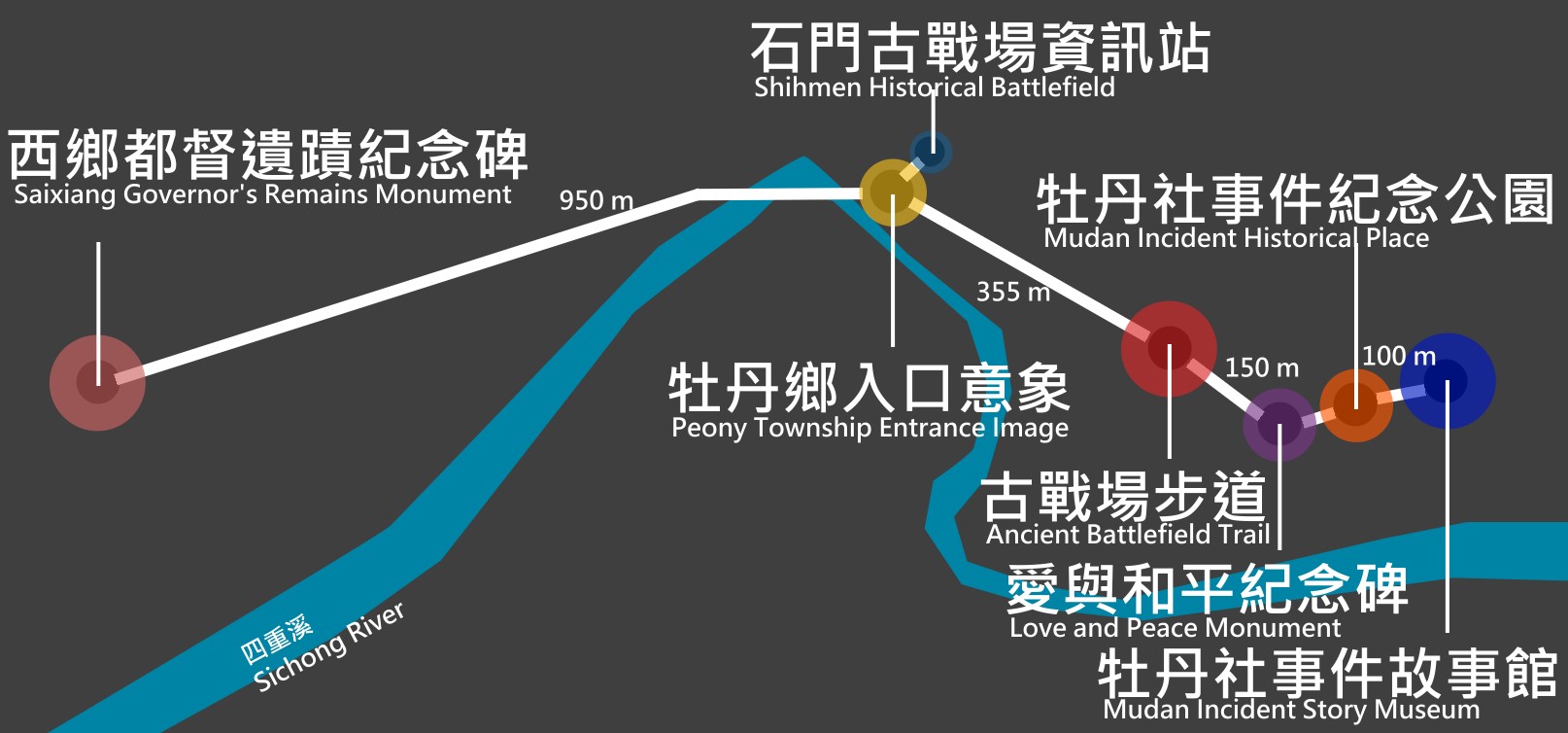




恆春城因何而建?牡丹社又在哪裡?「斯卡羅」一劇講述1867年美國商船「羅妹號」事件又與牡丹社事件有何關聯?這一回您可以親臨現場,扮演一次歷史柯南!
臺灣近代史上著名的「牡丹社事件」,發生地點正在恆春半島(琅嶠)。「牡丹社事件」是臺灣歷史重要的轉捩點,第一次讓清廷認清到臺灣的重要性,終而改變治理方針,開始積極經營這個「化外之島」。
彼時臺灣沿海發生多起船難,為什麼1871年的船難事件卻引發嚴重的戰事衝突?石門戰役中排灣勇士又是如何以石塊、弓弩擊退日軍?聆聽學養豐富的在地解說員為您一一解答,打開這一百五十年來懸浮在空中的歷史謎團!
* 提醒參加活動的朋友,別忘了視天氣狀況攜帶遮陽防風衣帽或雨具、茶水等,並做好個人防護措施。
A遊程(1小時):牡丹社事件故事館
費用:1500元/團
B遊程(1.5小時):牡丹社紀念公園、牡丹鄉入口意象、石門古戰場
費用:2000元/團
A+B遊程(2小時):牡丹社事件故事館、牡丹社事件紀念公園、牡丹鄉入口意象、石門古戰場
費用:2500元/團
遊程費用說明:含導覽解說、清潔費(1人成團,15人滿團)
匯款資訊:
彰化商業銀行恆春分行
帳號:8348-04-95228-8-00
戶名:牡丹鄉公所代收款
聯絡資訊:請洽牡丹鄉公所農業觀光課 08-8831223 (週一至週五09:00-17:00)
牡丹心旅行粉專
牡丹心旅行